1. Cows Have a Unique Vocabulary
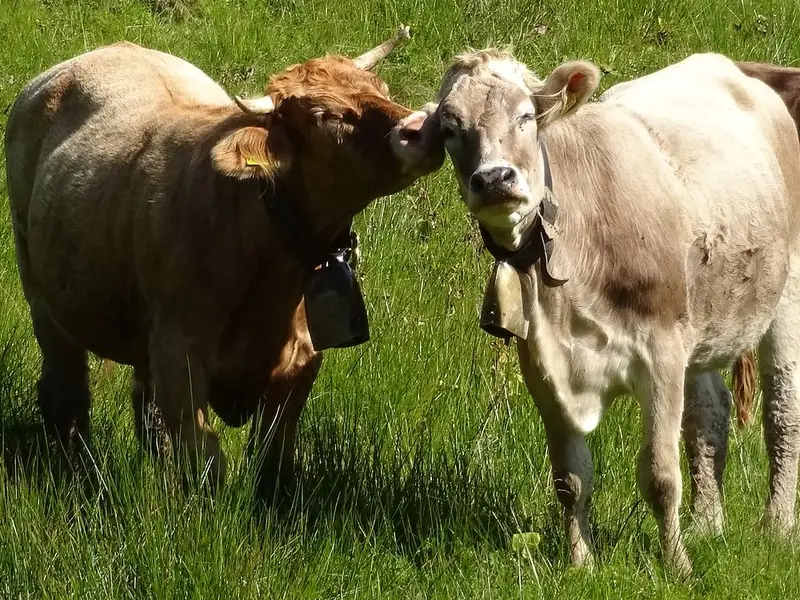
Cows, like many animals, have developed their own set of vocalizations to communicate with one another. Their “mooing” isn’t just a one-size-fits-all sound. Cows produce different types of moos to express a variety of emotions. A deep, low moo generally signifies contentment or a call to the rest of the herd, often used when they are grazing or resting. However, according to BBC, a higher-pitched moo, often repeated in rapid succession, indicates distress or calls for help. This is most common when a cow feels threatened or separated from the herd. Interestingly, these vocalizations can vary from cow to cow, each with a slightly different tone, pitch, and rhythm. It’s thought that older cows, or those with more experience, may have more refined vocalizations, while younger cows may have more simplistic calls.
Additionally, a cow may use vocalization to show annoyance or irritability, such as when she’s hungry or upset about a perceived invasion of personal space. It’s clear that mooing isn’t just a casual sound—it’s a complex form of communication within the herd. Through these vocalizations, cows can express emotions, relay information about their environment, and keep their social structure intact.
2. Body Language Speaks Volumes
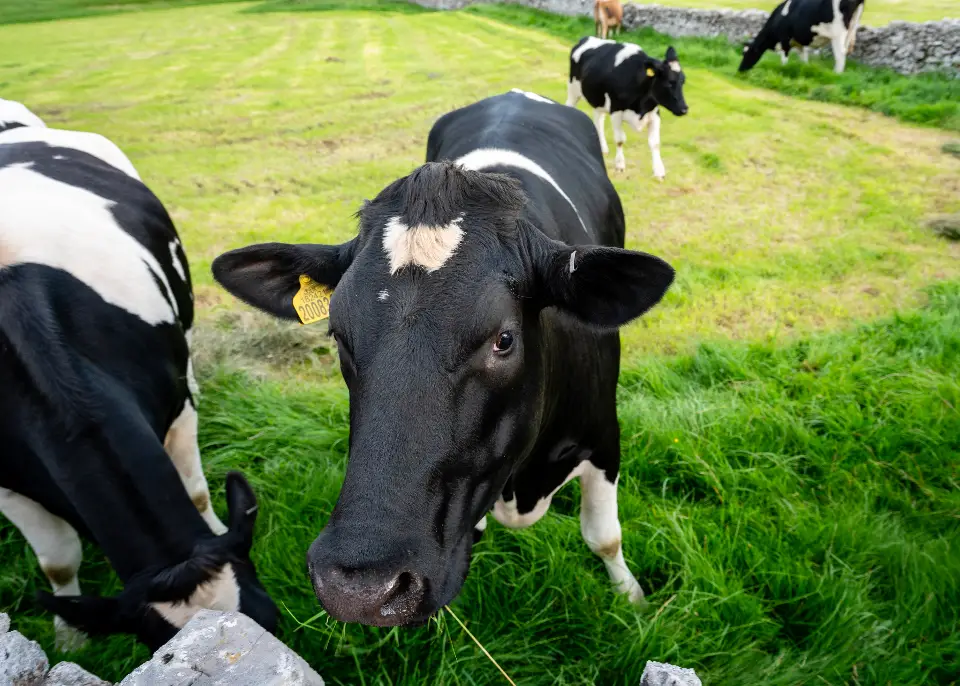
Cows communicate a lot through their body language, which can be just as telling as their vocalizations. A cow’s posture, tail movement, and ear positioning all serve as forms of communication, conveying a wide range of emotions and intentions. According to Pasture, when a cow is relaxed or content, her body will be more upright, her ears will point forward, and her tail will hang loosely. However, when a cow is feeling threatened, her posture changes dramatically. Her body may become rigid, her tail will stiffen, and her ears will move backward or outward. This is a warning to other cows and to predators that she’s feeling defensive.
A cow that is agitated or angry may also lower her head, which can be a sign that she’s ready to charge or act aggressively. In contrast, a cow showing submission or a desire to engage in peaceful interaction may lower her head or exhibit a calm, neutral posture. These physical cues are essential for maintaining harmony in the herd, allowing cows to avoid conflict and understand each other’s emotional states without needing to vocalize their feelings. By reading these signs, cows can communicate important information about their mood, intentions, and safety.
3. They Use Infrasound to Communicate Over Long Distances
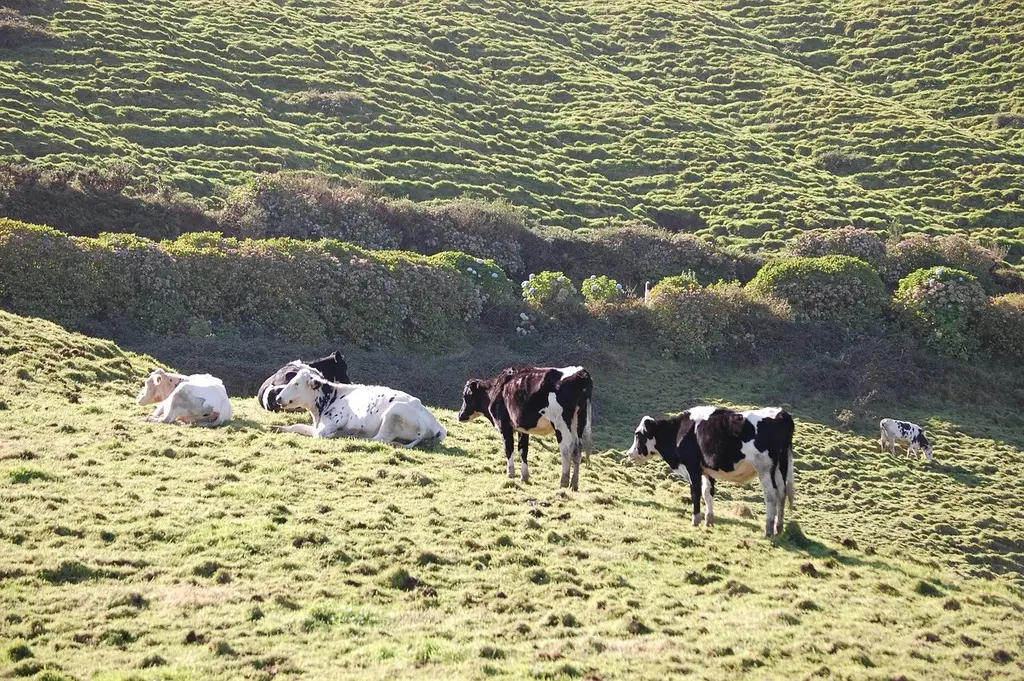
Infrasound is a type of sound that has a frequency below the range of human hearing, and it plays an important role in cow communication. Cows are capable of producing these low-frequency sounds, which can travel long distances without losing strength. This ability allows them to communicate with other cows across large fields or open landscapes, where visual or audible communication would be ineffective. The use of infrasound is particularly helpful in large herds, where cows may be spread out over a wide area. These low-frequency sounds can carry over long distances, ensuring that no member of the herd is left out of the communication loop.
Infrasound is not only useful for signaling other cows in the herd but also for alerting them to potential dangers. For example, if a cow detects the presence of a predator, she may emit a low-frequency sound that warns the rest of the herd. This allows the herd to stay alert and prepare for potential threats, such as predators or other environmental dangers. According to a study published in Animals (Basel), infrasound is not only a form of communication but also a tool that helps cows maintain their social structure. By using this form of sound, cows can stay connected and coordinate movements, even in vast, open spaces.
4. Cows Have a ‘Social Network’
Cows are social animals, and they form intricate social bonds within their herd. These bonds are not just based on proximity; cows have a complex system of relationships and friendships that shape their interactions. Each cow has a specific place in the social hierarchy, and they communicate with each other to reinforce these roles. A cow will often form close bonds with a few other herd members, and they will spend much of their time together. According to The Atlantic, these friendships can be built over years and are vital for the cow’s emotional well-being. Cows use a variety of methods to maintain these relationships, including grooming, nudging, and vocalizations.
They may lick each other to express affection or mutual respect, or nuzzle each other as a sign of trust. These interactions help to strengthen their connections and ensure that the social group remains cohesive. It’s not uncommon to see cows that appear inseparable, always staying close to their preferred companions. In fact, research has shown that cows that are removed from their close friends experience higher stress levels, suggesting that these relationships are integral to their mental health. By communicating and reinforcing social ties, cows create a supportive and stable environment within the herd.
5. Cows Can Recognize and Remember Faces
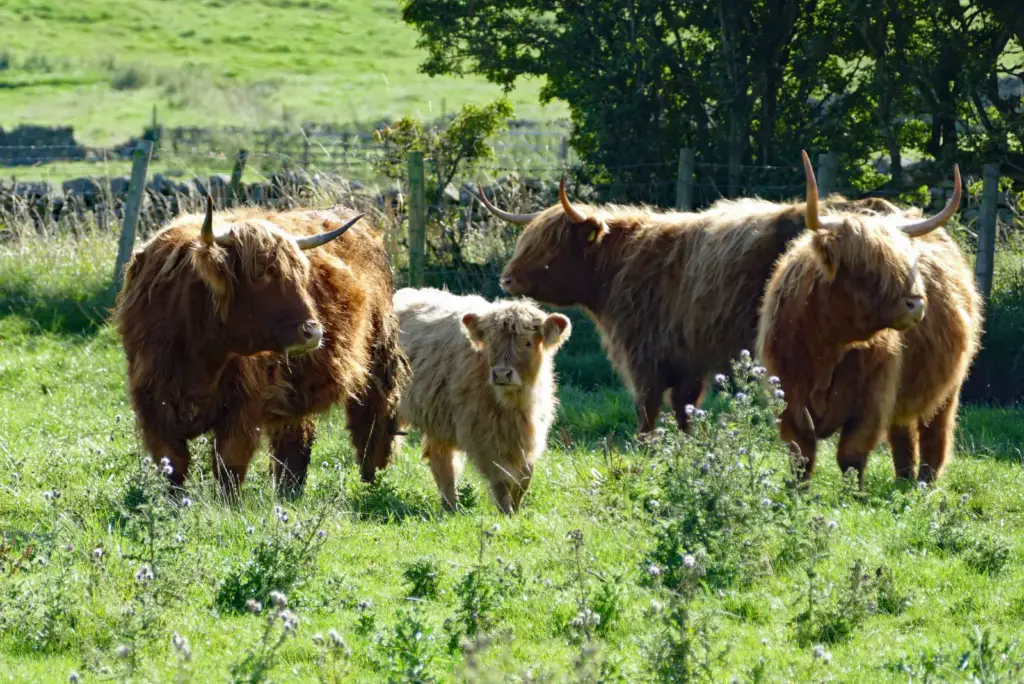
Cows have impressive cognitive abilities, and one of the most fascinating aspects of their intelligence is their ability to recognize and remember faces. Studies have shown that cows can remember and distinguish the faces of other cows, humans, and even other animals. According to ScienceDirect, this means that cows can identify individuals and form relationships based on their experiences with them. The ability to recognize faces allows cows to keep track of the members of their herd and assess the social dynamics within the group. For example, if a cow has had a positive experience with a particular herd mate, she may seek out that individual for companionship or support.
Conversely, if she has had a negative experience with another cow, she may avoid them. In addition to recognizing faces within the herd, cows can also distinguish between familiar and unfamiliar human faces. This ability is particularly useful on farms, where cows can identify their caretakers and respond differently depending on whether they trust the person or not. The cognitive skill of recognizing faces is a crucial part of their social interactions and helps cows maintain a stable and organized social structure.
6. Mothers and Calves Have a Special Communication
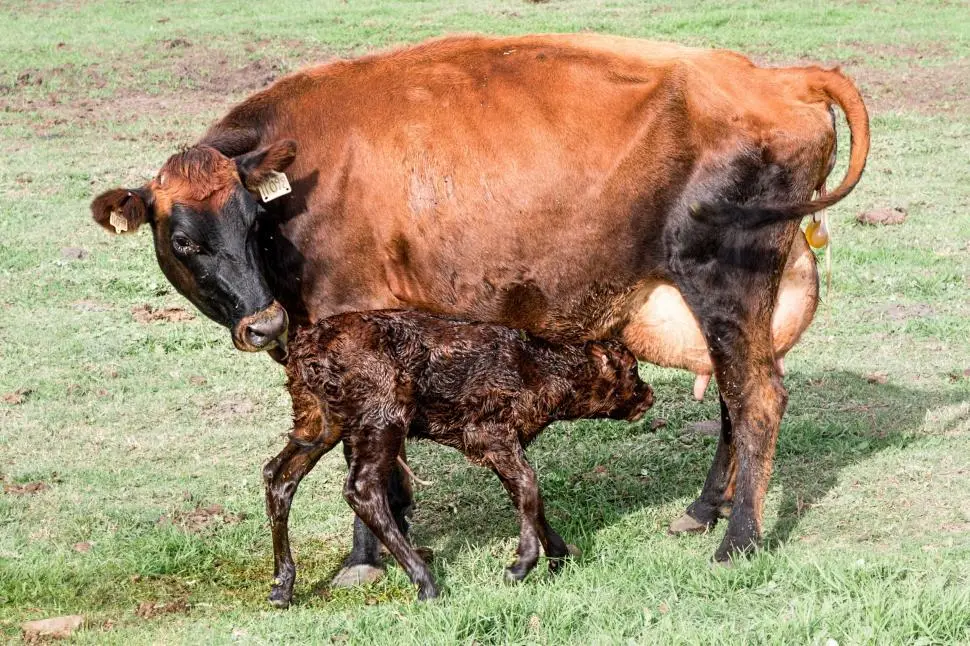
One of the most poignant forms of communication in the cow world occurs between mothers and their calves. The bond between a cow and her calf is incredibly strong, and it starts almost immediately after birth. From the moment a calf is born, it will begin to communicate with its mother using specific vocalizations. These calls are designed to help the mother locate and bond with her newborn. Similarly, the mother cow will respond with her own distinctive calls to reassure her calf. This mutual recognition is vital for the calf’s survival, as it allows the pair to stay close in the early stages of life. The mother may also nuzzle, lick, or nudge her calf as a way to reinforce their bond and offer comfort.
Over time, their communication evolves, with the calf learning to recognize its mother’s vocalizations and physical cues. As the calf grows, it will use vocalizations to call for its mother when it feels distressed or needs attention. This special form of communication helps to ensure that the calf remains safe and well-cared for during its early development. Even as the calf becomes more independent, the mother’s role in guiding and protecting it remains central to their relationship.
7. Cows Can Sense Each Other’s Emotions
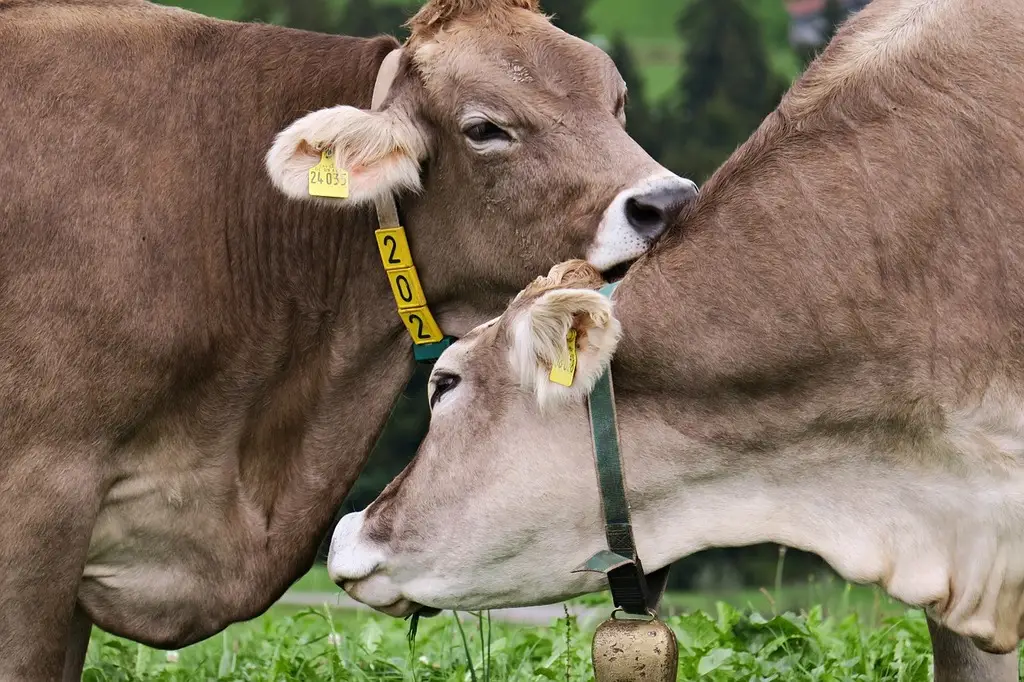
Cows are incredibly empathetic animals, capable of sensing the emotions of others within their herd. This ability allows them to respond to the emotional states of their fellow cows, creating a deeply connected and supportive social environment. When one cow is stressed, anxious, or frightened, the rest of the herd can pick up on these emotions and may react accordingly. This empathy extends to a variety of situations, including when a cow experiences pain or distress, such as during calving. The herd will often respond by becoming more alert, lowering their head, or vocalizing in response to the emotional shift.
In some cases, cows may even attempt to comfort a distressed herd mate by standing close to them or gently nudging them. This sensitivity to each other’s emotions helps maintain group cohesion and ensures that the herd can work together to overcome challenges. Furthermore, this emotional connection can also benefit the cows in situations of danger or stress, as the herd will work together to protect each other from predators or other threats. In essence, cows use their empathy to strengthen social bonds and ensure the survival and well-being of the group.
8. Cows Use ‘Bellowing’ to Mark Territory or Express Danger
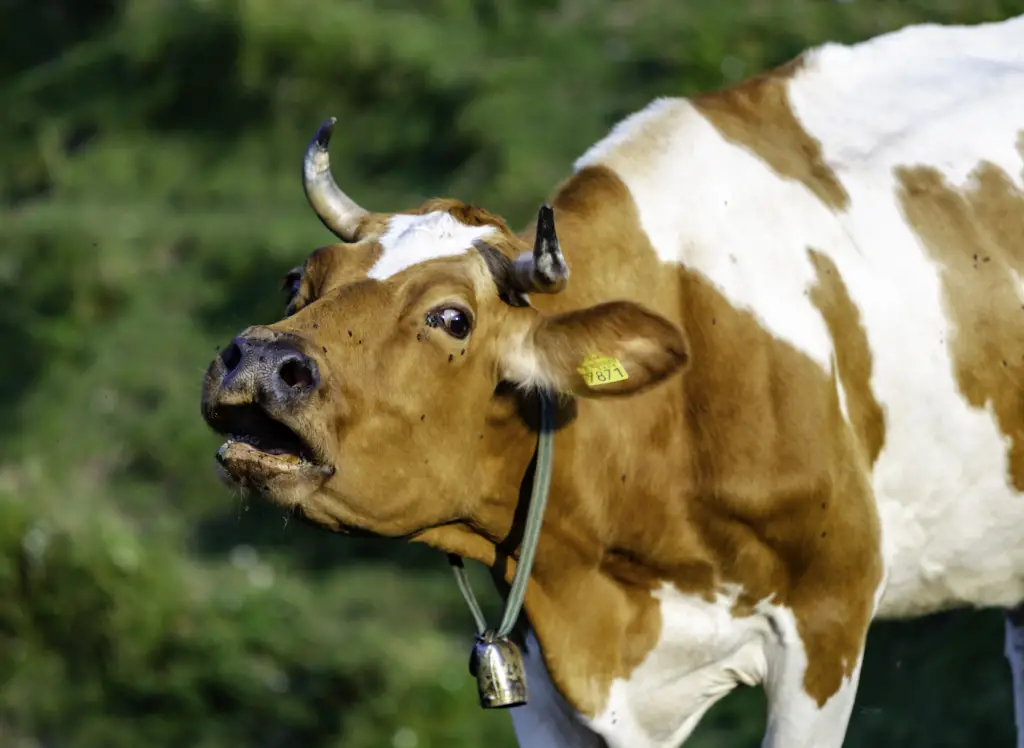
Bellowing is another important vocalization in a cow’s communication toolkit. This loud, deep moo is typically used to signal danger or assert dominance. When a cow bellows, it’s often a warning to the other cows in the herd that something is amiss. This can be a sign of an impending threat, such as a predator or an unfamiliar animal entering the herd’s territory. The bellowing sound can carry across great distances, allowing the herd to be alerted to danger even if the threat is far away.
Additionally, cows may use bellowing as a way to mark their territory or to establish dominance within the herd. A dominant cow might bellow to assert her position, signaling to other cows that she is in charge. This vocalization helps to maintain order within the herd and prevent unnecessary conflicts. Bellowing is also used by cows to communicate their needs to other members of the herd, such as when they are hungry or need attention. By using this powerful sound, cows can express their emotions and ensure that their messages are heard loud and clear.
9. Cows Can ‘Chat’ Through Touch
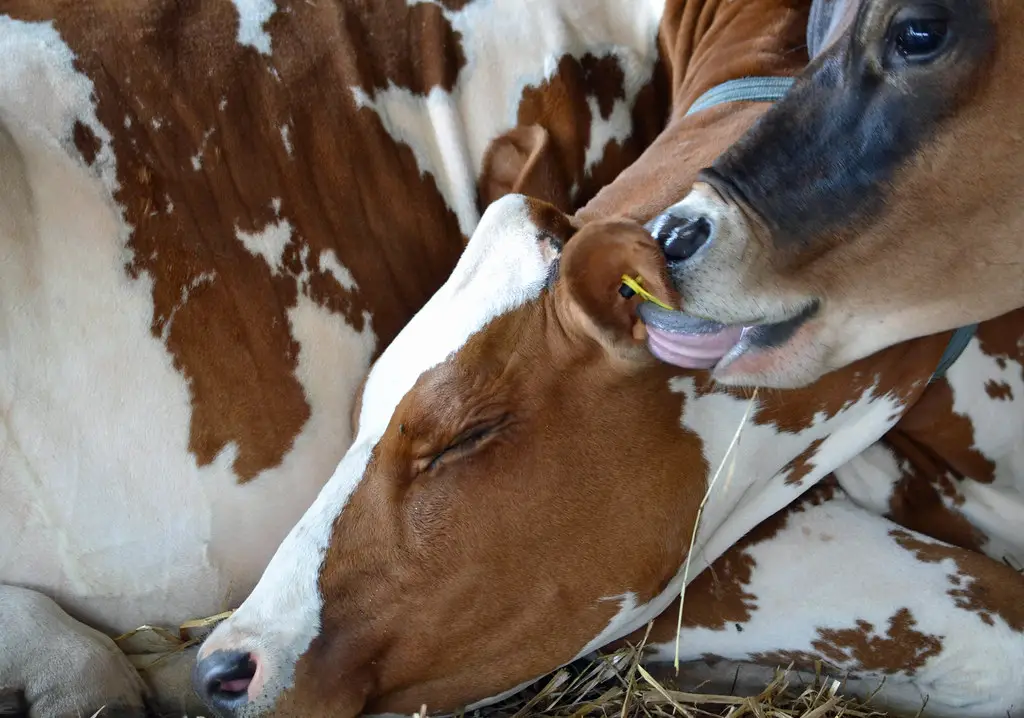
Touch plays a significant role in cow communication, and it’s a key component of their social interactions. Cows often use physical contact, such as nudging, licking, or grooming, to communicate with each other. This type of contact helps to reinforce social bonds and establish trust between individuals. When cows are grooming each other, they are not only keeping clean but also expressing affection and camaraderie. Grooming can help to calm anxious cows and create a sense of comfort within the herd.
Additionally, cows may nuzzle or nudge each other as a way to show reassurance or to initiate interaction. These gentle touches help to maintain group harmony and prevent conflict by fostering positive relationships. Touch also plays a vital role in maternal bonding. A mother cow will lick and nuzzle her calf to comfort and establish a connection. These physical interactions help to create a supportive environment where cows can thrive emotionally and socially. Through touch, cows can convey a wide range of messages, from affection and trust to reassurance and comfort.
10. Cows Use Vocalization for Social Interaction
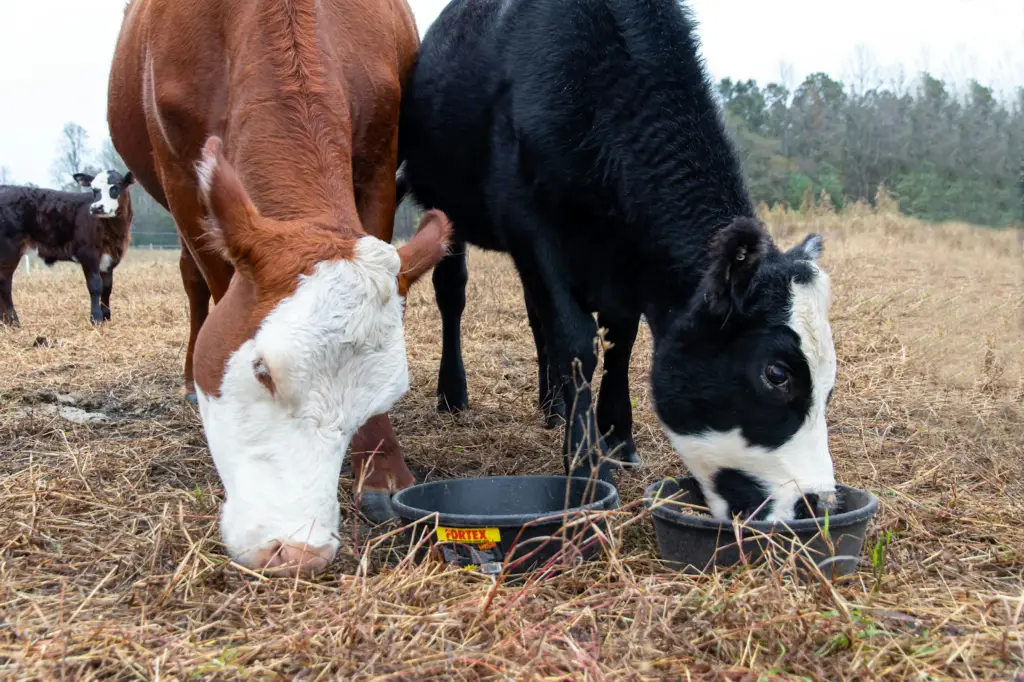
Beyond the practical purposes of warning or signaling danger, cows also use vocalizations for more social and everyday interactions. These vocalizations are part of their complex social structure, helping them to maintain bonds within the herd. Cows will often communicate during feeding times, when they gather together to share food. At this time, they may moo to express their satisfaction, frustration, or impatience. Similarly, when exploring new areas or grazing, cows may vocalize to keep the group coordinated and connected. These social calls help cows stay in touch with one another and reinforce the bonds they share.
The sounds they make during these interactions are often softer and less urgent than the calls made during times of distress, indicating a more relaxed and communal state. This type of vocalization also occurs during resting periods, when cows may chat with each other or simply communicate to reaffirm their place in the social order. Even when there is no immediate need for communication, these everyday interactions help to maintain the structure and harmony of the herd. Cows thrive on these subtle, regular exchanges, ensuring their social fabric remains intact.


